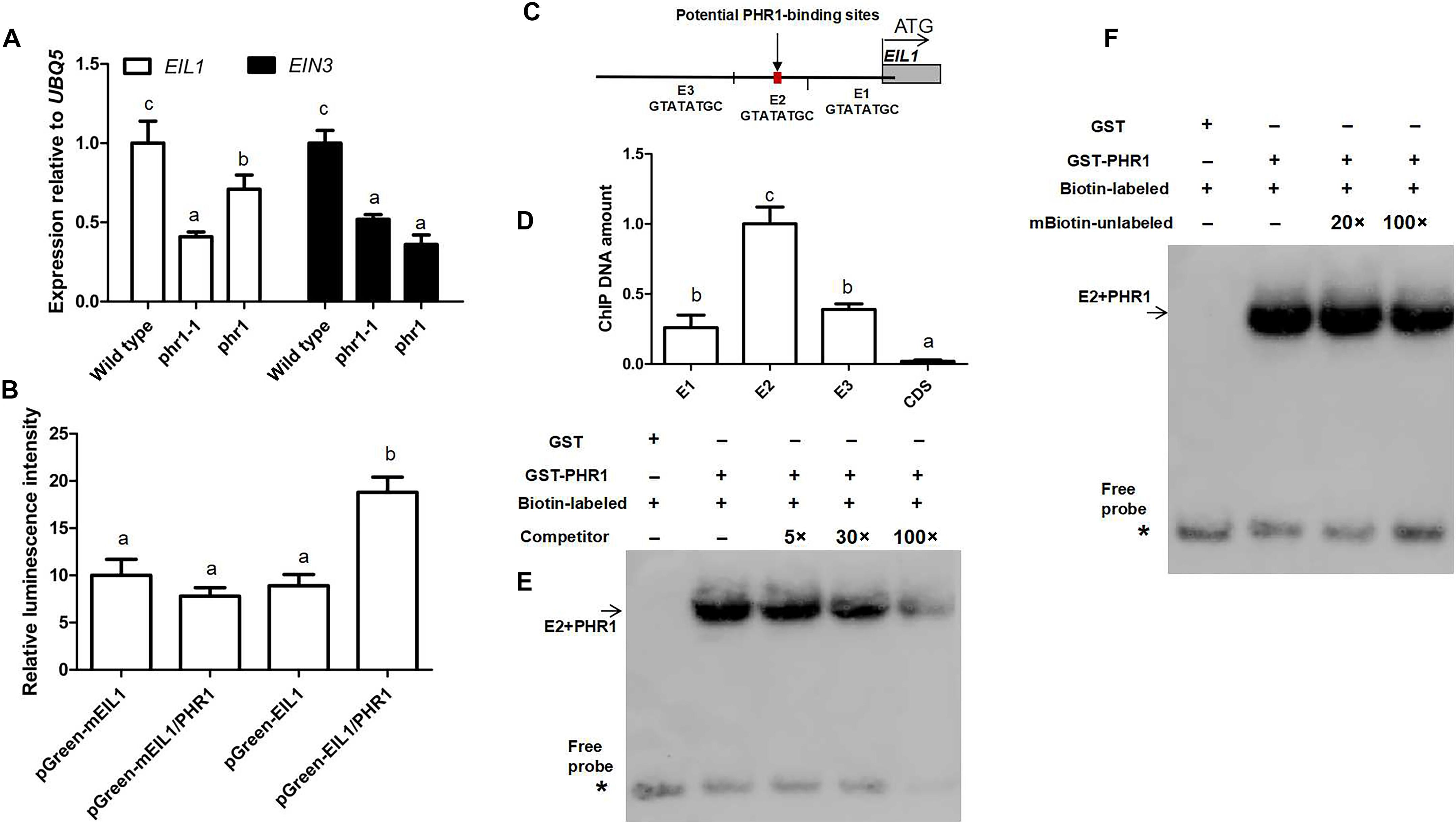有限的磷酸盐资源通过PHR1-EIN3/EIL1模块有效地分配到各个器官,以协调它们的建立
IF 12.5
1区 综合性期刊
Q1 MULTIDISCIPLINARY SCIENCES
引用次数: 0
摘要
磷酸盐(Pi)是一种重要的营养物质,由于其在土壤中的利用率低,经常限制植物的生长,特别是在拟南芥幼苗发育的早期。在pi缺乏的条件下,黄化幼苗表现出细长的下胚轴、缩短的根和小而苍白的子叶,这是一种形态适应,增强了光觅食能力。然而,π如何在这些器官中有策略地分布以优化幼苗的建立仍不清楚。我们在此发现了一个PHR1-EIN3/EIL1调控模块,该模块可以引导最小的Pi资源抑制根伸长和子叶扩张或加速绿化,从而促进Pi的保护。这种机制优先考虑下胚轴伸长以改善光获取。而在Pi充足的条件下,下胚轴和根的生长随着子叶的增大而加快,而绿化则延迟。因此,PHR1-EIN3/EIL1模块可以有效地分配有限的Pi,以最大限度地提高幼苗建立早期下胚轴的光觅食伸长,同时有策略地限制Pi在其他器官的使用,以提高整体存活率。本文章由计算机程序翻译,如有差异,请以英文原文为准。

Limited phosphate resources are efficiently allocated to each organ by the PHR1-EIN3/EIL1 module to coordinate their establishment
Phosphate (Pi) is an essential nutrient that frequently limits plant growth because of its low availability in soils, especially during early seedling development in Arabidopsis. Under Pi-deficient conditions, etiolated seedlings exhibit elongated hypocotyls, shortened roots, and small, pale cotyledons—a morphological adaptation that enhances light-foraging capacity. However, how Pi is strategically distributed among these organs to optimize seedling establishment remains unclear. We here identify a PHR1-EIN3/EIL1 regulatory module that directs minimal Pi resources to suppress root elongation and cotyledon expansion or to accelerate greening, promoting Pi conservation. This mechanism prioritizes hypocotyl elongation to improve light acquisition. In contrast, under sufficient Pi supply, hypocotyl and root growth is promoted along with cotyledon enlargement, while greening is delayed. Thus, the PHR1-EIN3/EIL1 module enables efficient allocation of limited Pi to maximize hypocotyl elongation for light foraging during early seedling establishment while strategically restricting Pi usage in other organs to enhance overall survival.
求助全文
通过发布文献求助,成功后即可免费获取论文全文。
去求助
来源期刊

Science Advances
综合性期刊-综合性期刊
CiteScore
21.40
自引率
1.50%
发文量
1937
审稿时长
29 weeks
期刊介绍:
Science Advances, an open-access journal by AAAS, publishes impactful research in diverse scientific areas. It aims for fair, fast, and expert peer review, providing freely accessible research to readers. Led by distinguished scientists, the journal supports AAAS's mission by extending Science magazine's capacity to identify and promote significant advances. Evolving digital publishing technologies play a crucial role in advancing AAAS's global mission for science communication and benefitting humankind.
 求助内容:
求助内容: 应助结果提醒方式:
应助结果提醒方式:


